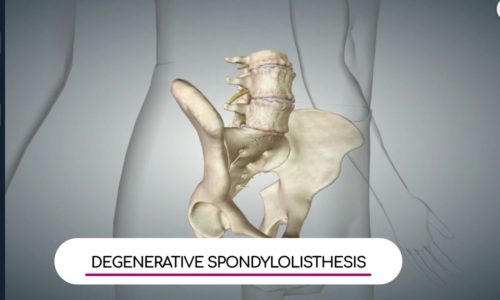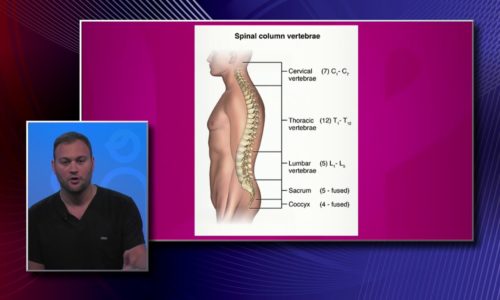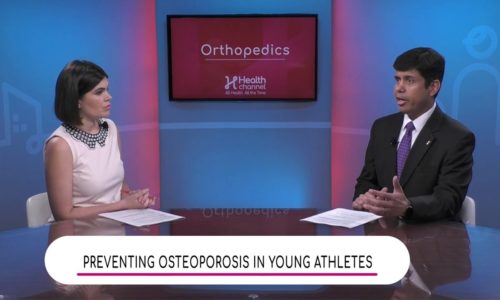What are the risk factors and complications of osteoporosis? |

Osteoporosis is a medical condition in which the bones become brittle and fragile as a result of loss of tissue. This is typically a result of hormonal changes, or deficiency of calcium or vitamin D. The complications of osteoporosis, including hip fractures and spinal fractures, can cause significant disability. We’ll talk today about this condition, and whether you might be at risk. Next week we’ll talk about how you can help prevent it from happening to you.
- Age – Risk increases as you get older.
- Sex – Women are at much higher risk for osteoporosis than men.
- Race – The risk is highest in people who are white or of Asian descent.
- Bone frame size – Smaller body frame size increases your risk.
- Family history – Having a close relative with osteoporosis increases your risk.
- Hormone levels, including
- Reduced estrogen levels at menopause is one of the greatest risk factors for developing osteoporosis.
- Reduced testosterone levels as men age also increases the risk.
- Too much thyroid hormone can cause bone loss, either due to your thyroid being overactive, or taking too much thyroid hormone to treat an underactive thyroid.
- Abnormal function of the parathyroid or adrenal glands.
- Dietary factors
- Low calcium intake – If you don’t get enough calcium when you’re young, you end up with a lower peak bone bank account. As you age, lower calcium intake doesn’t allow you to keep up your balance.
- Eating disorders – Severely restricting your intake of food, or being significantly underweight contributes to lower bone mass.
- Soft drinks – We are not sure why, but people who drink a lot of carbonated soft drinks do have a higher risk of osteoporosis, especially if this intake starts at a young age.
- Lifestyle factors
- Sedentary lifestyle – Weight-bearing exercise and activities that promote balance and good posture are beneficial for your bones, including walking, running, dancing, weightlifting, and many others.
- Smoking – Tobacco use has been shown to contribute to weak bones.
- Alcohol – Regular consumption of more than 2 alcoholic drinks a day increases your risk.
What are the complications of osteoporosis?
- Hip fractures – These are often caused by a fall. Hip fractures can result in significant disability and even increase the risk of death within the first year after injury.
- Spinal fractures – These fractures can occur from an injury, such as a fall. Sometimes the bones in your spine become weak enough that they just crumple without any injury (like crushing an aluminum can). This can cause significant pain, and can cause you to lose height or become unable to stand fully upright.
- Other fractures – Any bone in your body will be more likely to break from an injury.
If you have any more questions just Ask Hanna, our health advisors are here to help.
Dr. Anita Bennett MD – Health Tip Content Editor
Image: ©Shutterstock / Image Point Fr








